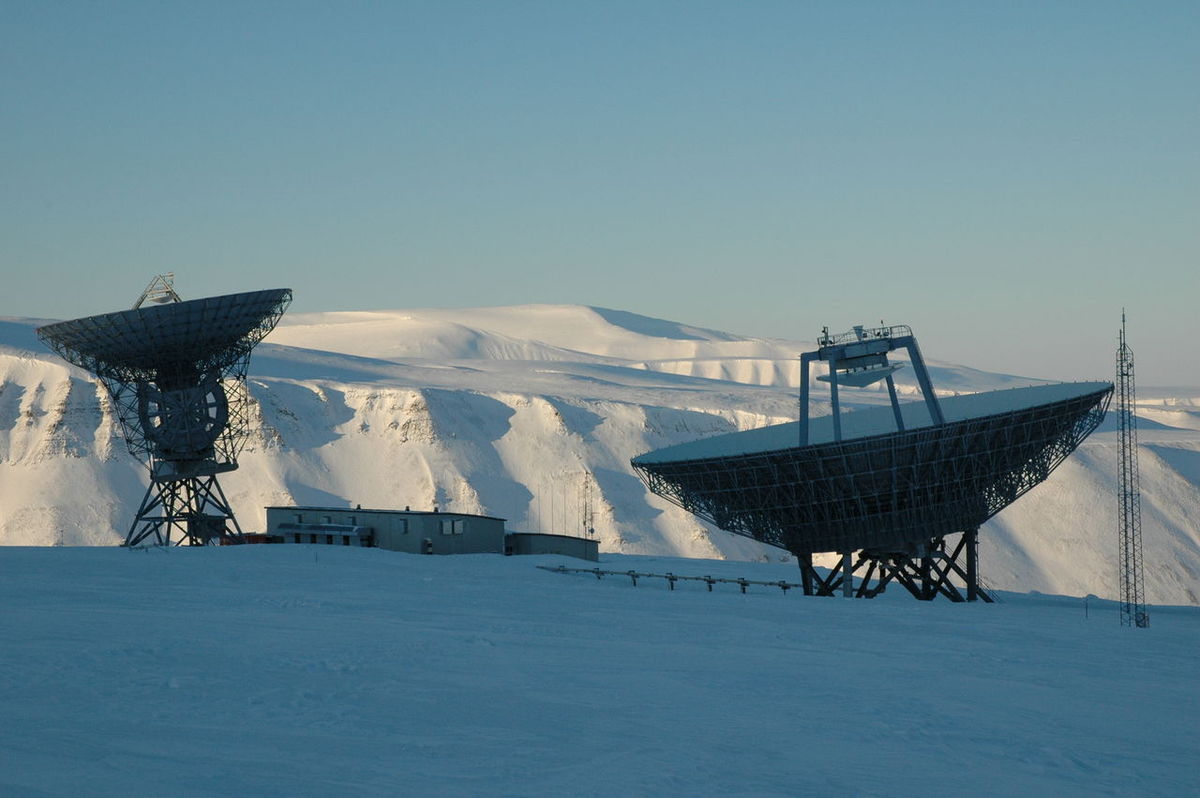EISCAT

EISCAT is an international scientific association with member institutes in several countries. We conduct ionospheric and atmospheric measurements with radars. As an example we can observe effects of the aurora borealis or the northern lights. We operate in three countries: Finland, Norway and Sweden, and all our facilities are located north of the Arctic circle.
EISCAT is associated with our radar antennas, that are located in Kiruna, Sweden; Sodankyä, Finland; Tromsø, Norway and in Longyearbyen, Svalbard. In Tromsø we also have a combined ionospheric heating and short-wave radar facility.
EISCAT was established in 1975. We are a scientific organisation that conducts research on the lower, middle and upper atmosphere and ionosphere using the incoherent scatter radar technique. This technique is the most powerful ground-based tool for these research applications. The first EISCAT system, the UHF incoherent scatter radar, became operable in 1981. Since then, the facilities of the EISCAT Scientific Association have been continuously developed and extended and today comprise world-class radars and a powerful ionospheric heating facility.
EISCAT is also being used as a coherent scatter radar for studying instabilities in the ionosphere, as well as for investigating the structure and dynamics of the middle atmosphere and as a diagnostic instrument in ionospheric modification experiments with the Heating facility. There are ten incoherent scatter radars in the world, and we here at EISCAT operates three of the highest-standard facilities. These sites are located in the Scandinavian sector, north of the Arctic Circle. They consist of two independent radar systems under the auroral oval on the mainland, together with another radar in the north polar cap region on the island of Spitzbergen in the Svalbard archipelago.
